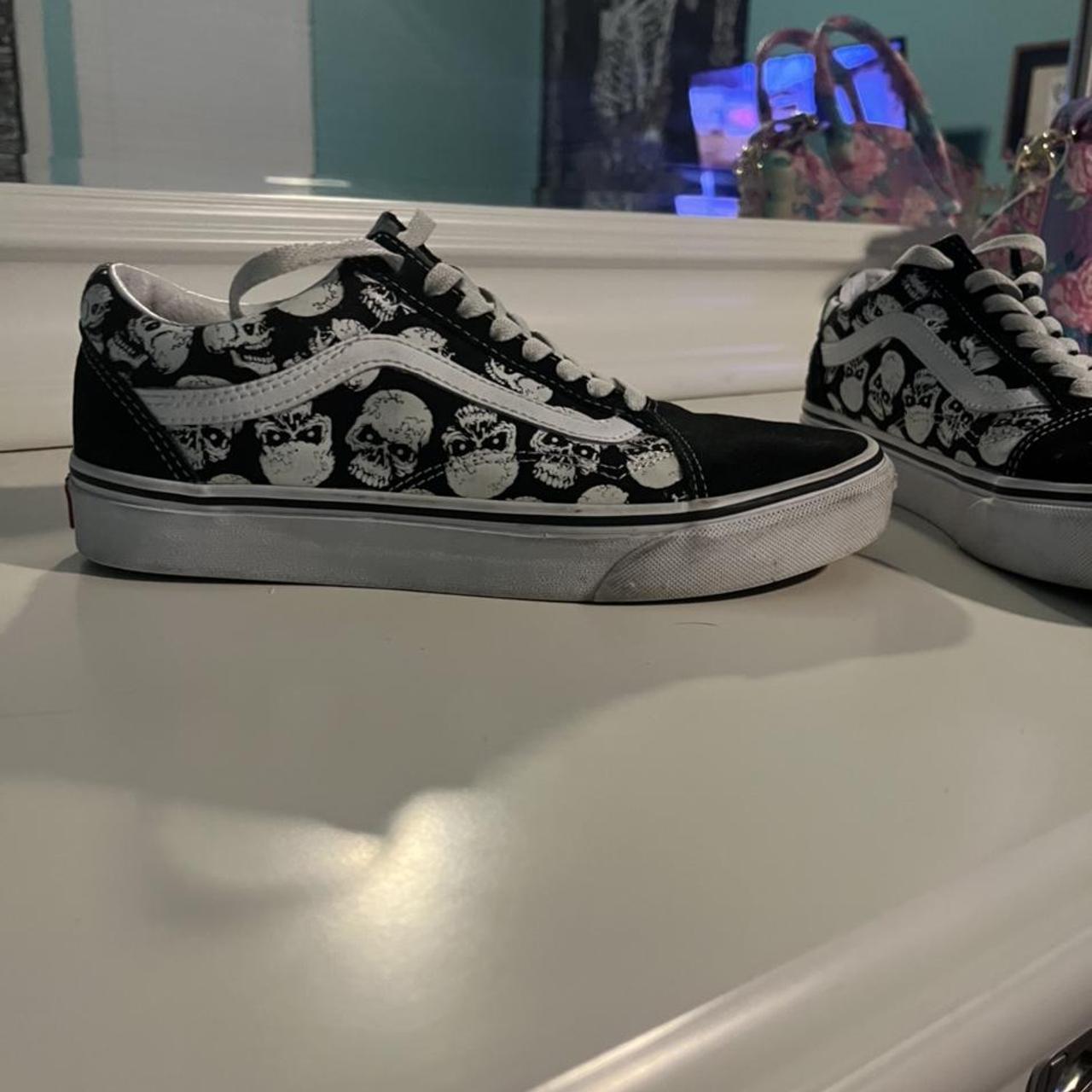5 Tips Walking Orthopedic Shoes

When it comes to managing foot pain and discomfort, walking orthopedic shoes can be a game-changer. Designed to provide superior support and comfort, these shoes are perfect for individuals who spend a lot of time on their feet or struggle with foot-related issues. However, to get the most out of your walking orthopedic shoes, it’s essential to understand how to choose the right pair and use them effectively. Here are five tips to help you make the most of your walking orthopedic shoes:
1. Choose the Right Size and Fit
Selecting the right size and fit is crucial when it comes to walking orthopedic shoes. Ill-fitting shoes can exacerbate foot problems rather than alleviate them. To ensure the best fit, try on shoes at the end of the day when your feet are at their largest. Wear the same type of socks you plan to wear with the shoes, and make sure there’s about a half-inch of space between your longest toe and the shoe’s end. The shoe should feel comfortable and supportive, with no pressure points or tight spots.
Remember, the fit of your walking orthopedic shoes can significantly impact their effectiveness. Don't rush the trying-on process, and consider visiting a specialty shoe store where staff can help you find the perfect fit.
2. Consider Your Foot Type and Needs
Everyone’s foot shape and needs are different, so it’s essential to consider these factors when choosing walking orthopedic shoes. For instance, if you have flat feet or high arches, look for shoes that offer additional support in these areas. If you’re prone to overpronation or supination, select shoes designed to correct these issues. Some shoes also offer features like extra cushioning for comfort or a roomier toe box for individuals with toe issues.
| Foot Type | Recommended Features |
|---|---|
| Flat Feet | Arch support, motion control |
| High Arches | Cushioning, soft midsoles |
| Overpronation | Supportive arches, stability features |
| Supination | Cushioning, especially in the heel and forefoot |

3. Break Them In Gradually
Breaking in new walking orthopedic shoes gradually is crucial to avoid discomfort and potential injuries. Start by wearing them for short periods, such as around the house, and gradually increase the wear time over several days. This allows your feet to adjust to the new shoes and reduces the risk of blisters and sore spots. Remember, even with orthopedic shoes, breaking them in is a process that requires patience.
Breaking In Your Shoes:
- Wear them for 1-2 hours on the first day.
- Gradually increase wear time by 1-2 hours each day.
- Pay attention to your feet; if you experience discomfort, reduce the wear time.
4. Maintain Your Shoes
To extend the life of your walking orthopedic shoes and ensure they continue to provide the best support, it’s essential to maintain them properly. Clean the shoes regularly as per the manufacturer’s instructions, and avoid exposing them to extreme temperatures. For leather shoes, consider using a waterproofing spray to protect them from moisture. Also, check the soles for wear; if they become too worn down, it might be time to replace the shoes to maintain proper support and comfort.
5. Combine with Good Walking Habits
While walking orthopedic shoes can provide excellent support and comfort, they work best when combined with good walking habits. This includes maintaining a healthy weight to reduce pressure on your feet, staying hydrated to keep your feet and body healthy, and taking regular breaks to rest your feet. Additionally, consider incorporating foot exercises into your daily routine to strengthen your foot muscles and improve flexibility.
How often should I replace my walking orthopedic shoes?
+The lifespan of walking orthopedic shoes can vary depending on usage, but generally, they should be replaced every 6-12 months or when you notice significant wear, such as the soles becoming too thin or the support structure breaking down.
Can I wear walking orthopedic shoes for other activities besides walking?
+While walking orthopedic shoes are designed specifically for walking, they can be suitable for other low-impact activities like yoga or light hiking. However, for high-impact activities or sports, it's best to use shoes specifically designed for those activities to ensure you get the right level of support and protection.
By following these tips and choosing the right walking orthopedic shoes for your needs, you can significantly improve your comfort and reduce foot pain during your walks. Remember, the key to getting the most out of your walking orthopedic shoes is not just about the shoes themselves but also about how you use and maintain them. With the right approach, you can enjoy healthier, happier walking experiences.



